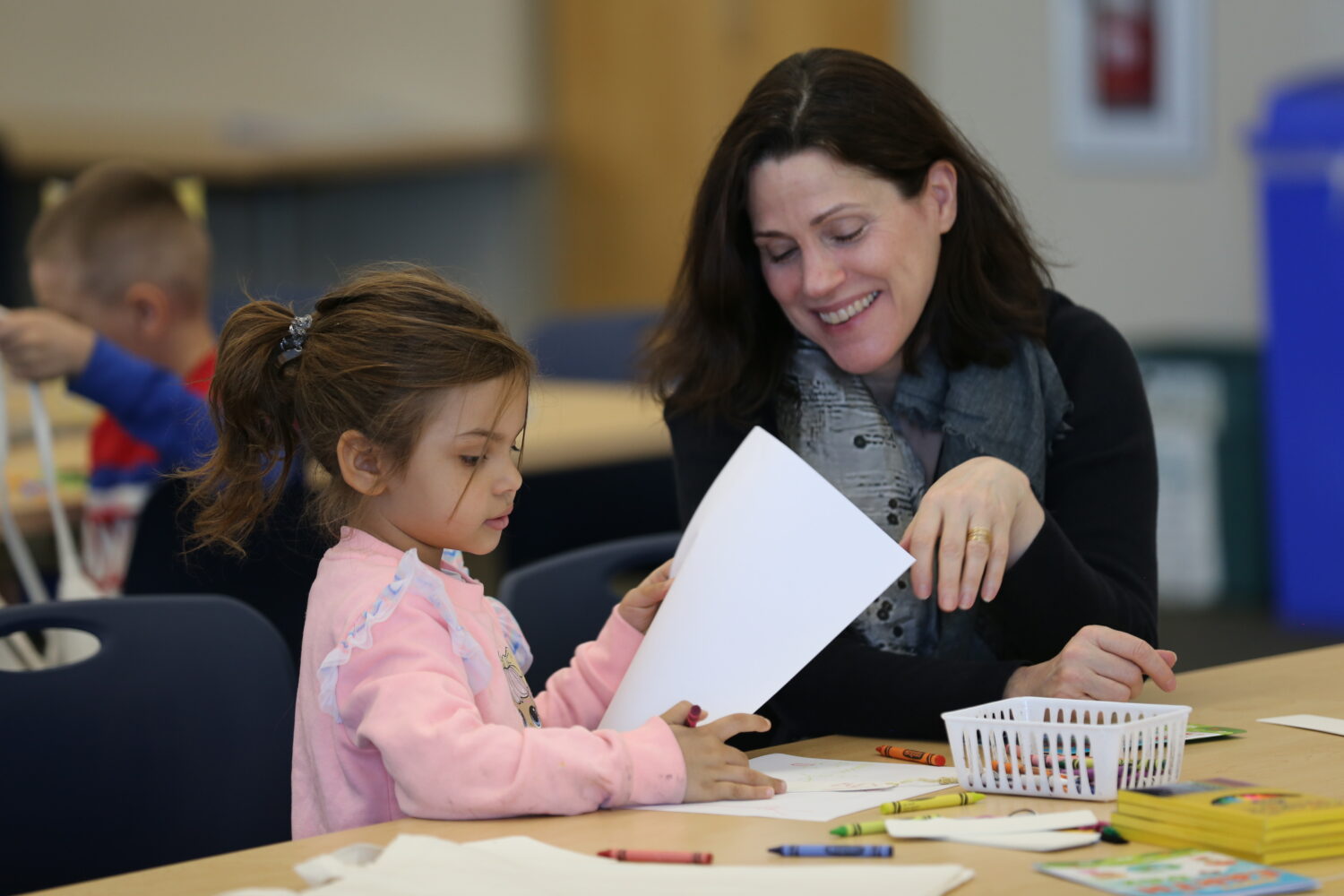Last spring, Windward announced it would be implementing the RULER approach, an evidence based program emphasizing the development of emotional intelligence, schoolwide. Studies have shown that the brain learns best when the body and mind are in a relaxed state of attention. In order to successfully serve Windward’s students, it’s essential to put in place the supports that increase their ability for learning at any given moment. Through RULER, the School aims to provide the ancillary supports to help students do the work they are at Windward to do.
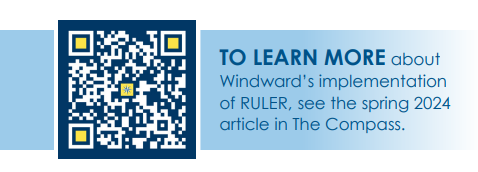
Faculty and staff have undergone RULER training during the 2024-2025 academic year—embracing its principles, developing proficiency in its tools, and committing collectively to support students’
social and emotional growth— and this has been a crucial step toward ensuring the program is rolled out sustainably to the larger community in 2025-2026. This series of four articles will outline some basic tools that are central to the RULER approach, beginning with the Mood Meter, a simple tool that helps build awareness of emotions in ourselves and others. Mapping one’s current state of mind according to level of pleasantness (low to high) and then energy level (low to high) allows someone to both recognize how they are feeling and label it accurately. Director of Student Support and SEL Anna Weiser explains, “This is a practical tool that teaches people how to start a relationship with themselves, to identify how feeling and use those emotions wisely and productively.”
Associate Head of School for Academic Programs Lisa Murray adds, “The exercise of using the Mood Meter sends the message that there is space for all emotions. All emotions matter, even when we place a value judgment on one as being unpleasant.”
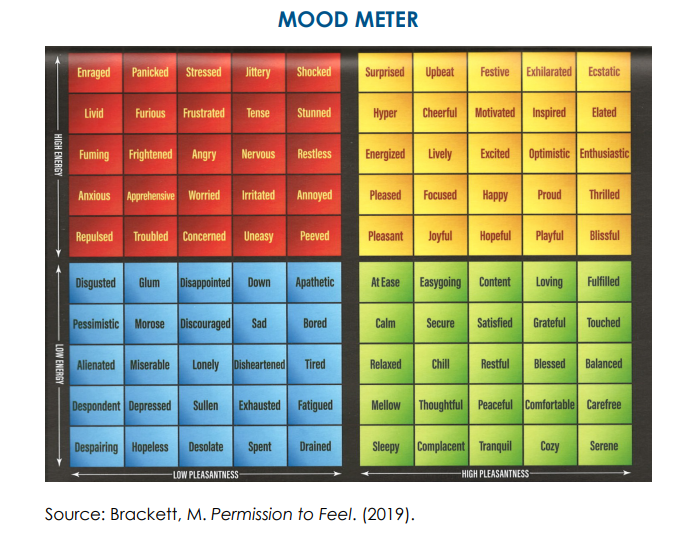
The feelings described in the left quadrants may appear uncomfortable at first glance; however, even
these kinds of emotions can serve certain situations well. For example, if someone is feeling jittery or tense, that may be the ideal mindset to run a race at a track meet. If they’re feeling frustrated or troubled about an injustice, these feelings may energize them to advocate for change.
The goal of the tool is not to exist solely within the quadrants on the right side. Rather, the goal is to internalize the permission to feel, using these tools to widen one’s capacity to fully experience the spectrum of human emotion. Weiser adds, “Even in learning how to navigate emotions on the left side, humans are rewiring their brains, creating new maps and pathways toward resilience.”
Each zone can be leveraged in various ways:
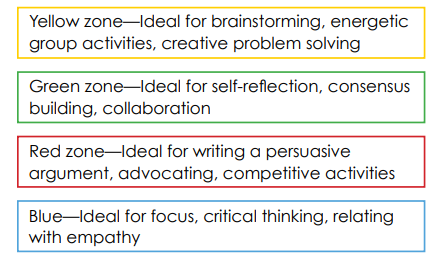
When using the tool, it is helpful to ask these questions:
- What specific word best describes your current feeling? Do you find it easy or difficult to pinpoint a word for your current feeling?
- What do you think caused you to feel this way?
- How are you expressing this feeling? Is that a helpful expression given your current situation?
- Would you like to keep feeling this emotion or shift to a new one?
- What strategy will you use to feel more, less, or the same of this emotion?

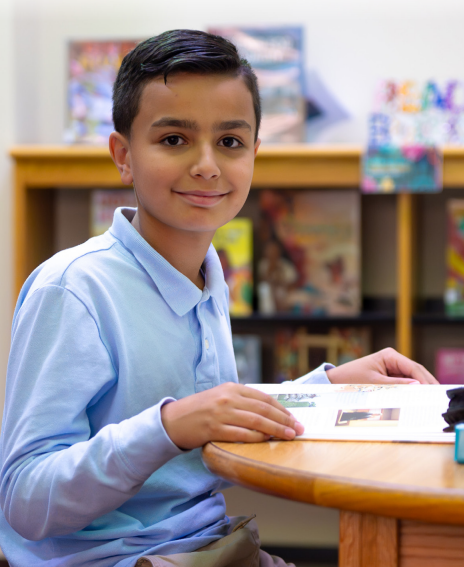
One application of this tool Windward has explored is using it to take a “temperature check” of staff members at the beginning of a meeting. It can be used anonymously or publicly and, in either case, serves the purpose of encouraging attendees to look inward, pinpoint how they are feeling, and reflect on how their emotional state may impact their approach to the discussion.
As students learn about the Mood Meter, they may see the grid in their classrooms (with or without emotion words); they will be encouraged to check in with their bodies to see which zone best represents how they’re feeling and then assign language to it. Associate Head of School Jonathan Rosenshine explains, “Over time, and with teacher support, students will expand their emotional vocabularies, growing their emotional intelligence and gaining deeper insights into themselves and others.” Emotional granularity—the ability to precisely identify and distinguish between emotions—is a fundamental piece of achieving balance: Specificity aids in understanding, communicating, and regulating emotions. Ultimately, becoming fluent in the language of emotion can be both powerful and transformative.





